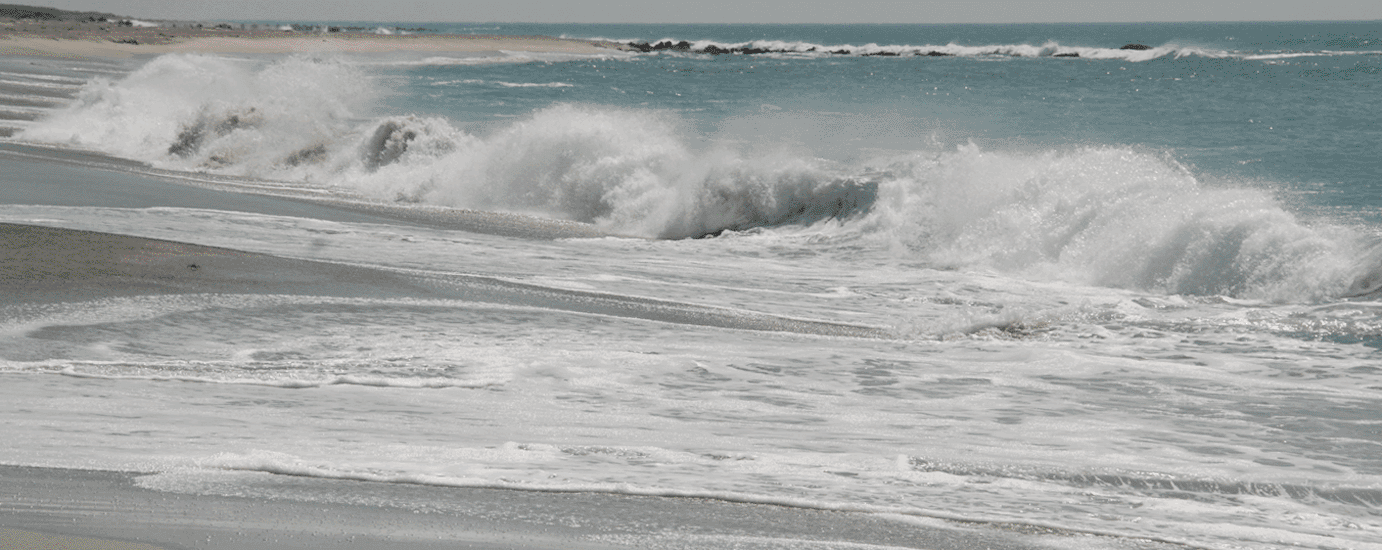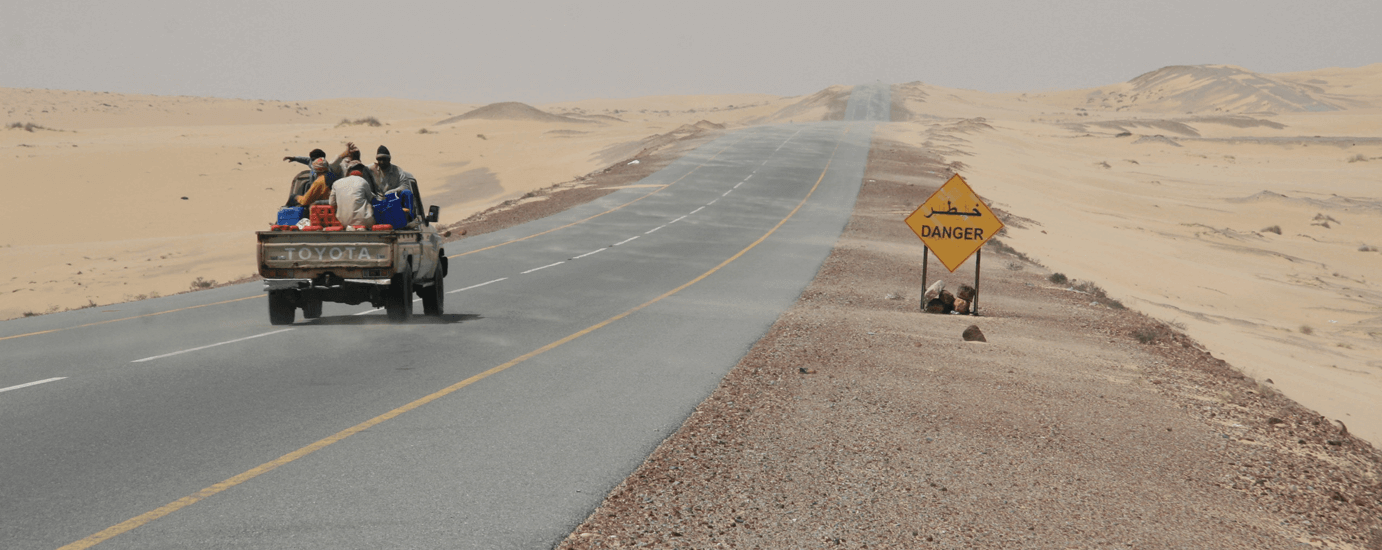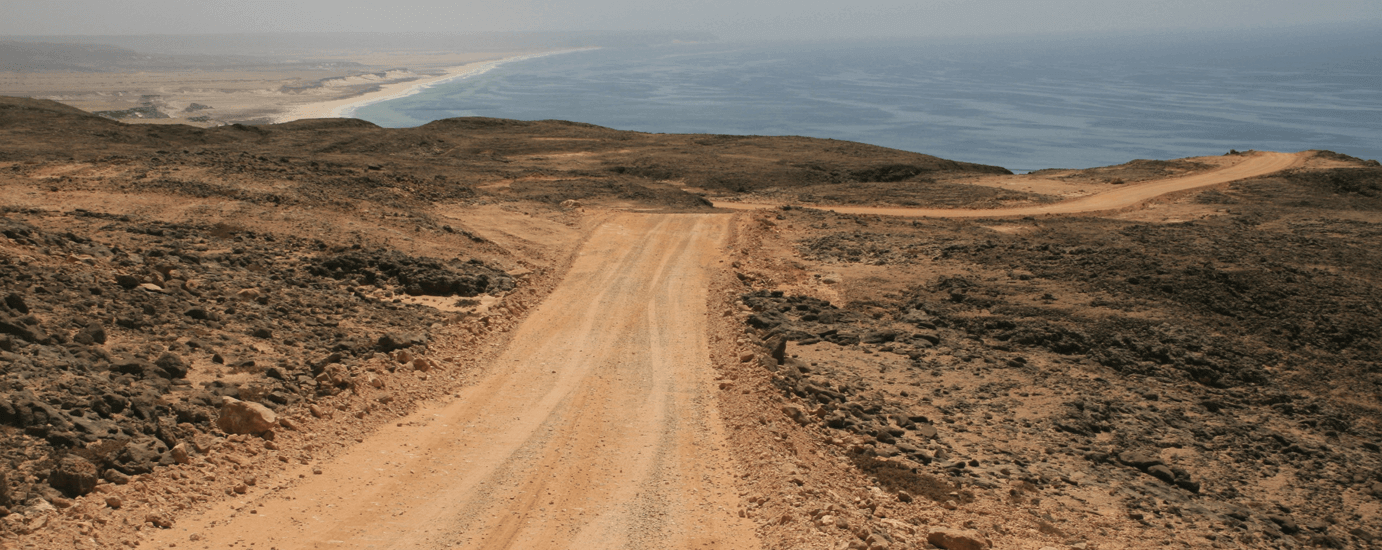Clothing for your holiday in Oman
➤ Your suitable clothing for your Oman holiday:
Light summer clothing is sufficient all year round in Oman. Especially in the winter months (November to February) it can cool down in the evenings, so a light jumper or jacket should not be missing from your luggage.
When choosing your clothes, you should respect the Muslim customs of the country, i.e. pack clothes that cover the shoulders, upper arms and knees, and for women the legs completely, and the clothes should not be tight-fitting or wide-cut. Wearing a head veil, as is the case when travelling to Iran, is not an issue in Oman. Only for visits to mosques do women and men have to cover themselves completely (except for hands, feet and face.) If you plan to visit a mosque, it is practical to wear shoes that you can easily slip out of, as these have to be taken off.
For women, we recommend shirts over which light blouses or light knitwear can be worn, along with three-quarter length skirts or light fabric trousers that go at least above the knees. For men, summer shirts and light fabric trousers are the appropriate wardrobe. Because of the heat, loose clothing with a high proportion of natural fibres and light colours is more comfortable and protects from the sun. Light scarves or shawls are also practical, as they can be used both as protection from the sun and from draughts from air-conditioning systems that are set too cold.
At the turn of the year, it can cool down to 0 degrees in the high mountains (Jebel Shams, Jebel Akhdar), - it can also get cold at night in the desert - so a warm sweater/fleece jacket/light down jacket should be in your luggage if these regions are included in your trip. During the day, the sun always warms you.
For excursions into the mountains, you should think of sturdy, ankle-high shoes - for the wadis, waterproof shoes or trekking sandals or even good bathing shoes are recommended. Sturdy sandals or light gym or trekking shoes are generally recommended, as you should expect uneven steps and rather stony alleys when visiting most of the forts, sights and markets.
For treks in the desert or in the mountains, it is generally strongly advised to wear headgear to protect yourself from the sun - i.e. a cap or a sun hat. The sun's rays are intense even in winter.
Omanis themselves attach great importance to a well-groomed appearance, their dishdashas are always perfectly spotless and creased, and they themselves are surrounded by a fragrant cloud of perfume - even at 45 degrees in the shade - this is also something to keep in mind when putting together your travel wardrobe. In any case, you can quickly feel underdressed in a worn trekking shirt as soon as you come into contact with the locals.
The correct swimwear for men on public beaches is Bermuda shorts, for women one-piece swimming costumes (rather conservative cut). Immediately after bathing, women should put on at least a beach dress. If you don't have a swimming costume, you should put a shirt over your bikini; sports functional shirts are best here.
Walking on the beaches in a bikini outside the hotel resort, as it happens again and again in Salalah, is for the locals something like walking completely undressed through a pedestrian zone in a German city centre - absolutely inappropriate!
In the bathing area of your hotel it is of course possible to sunbathe in a swimming costume or bikini, but never "topless".



